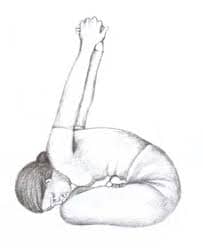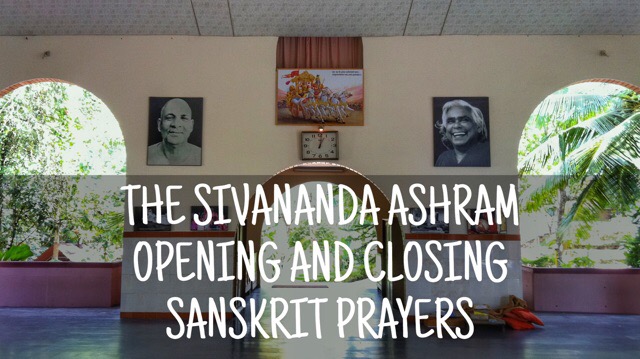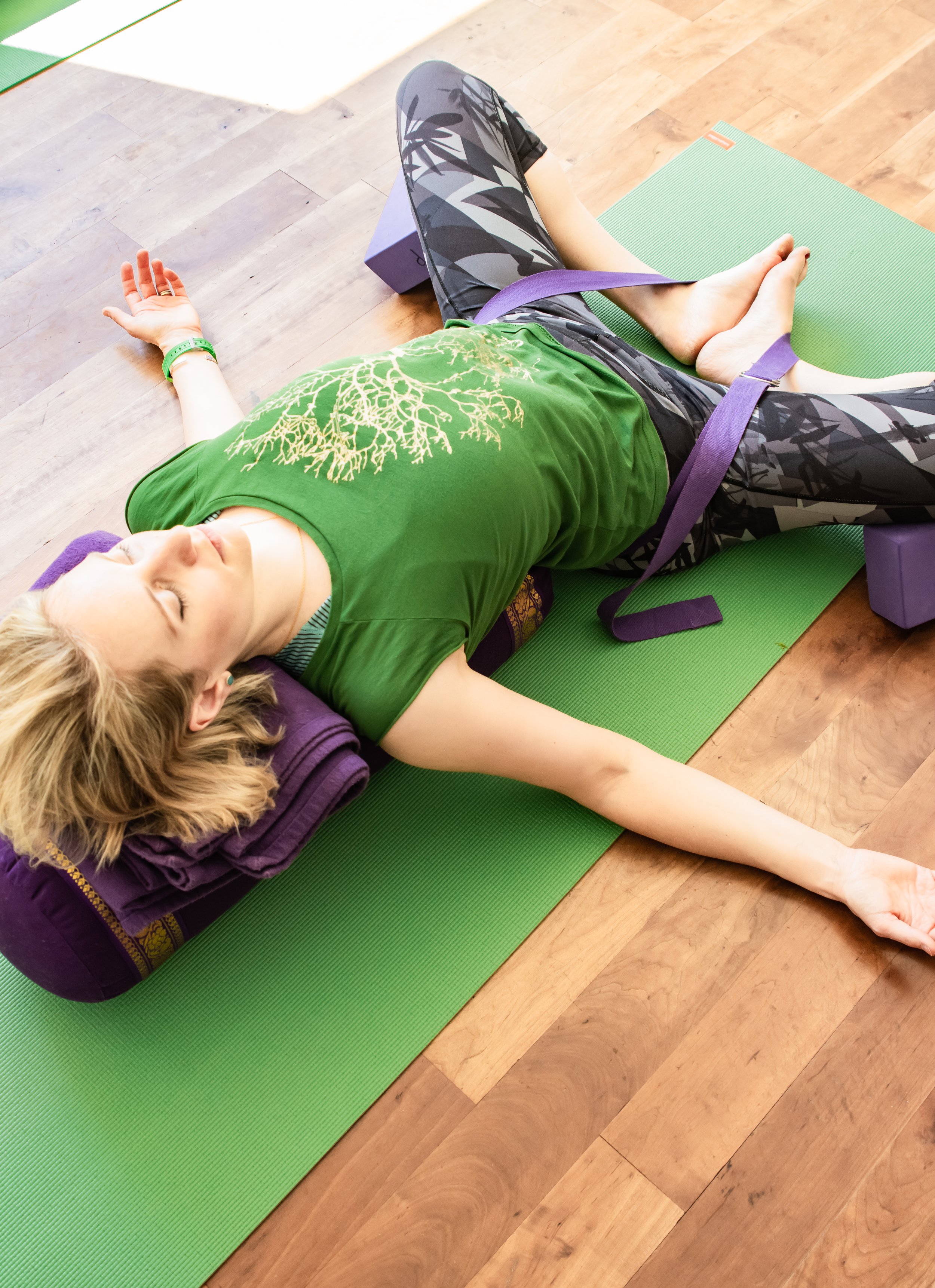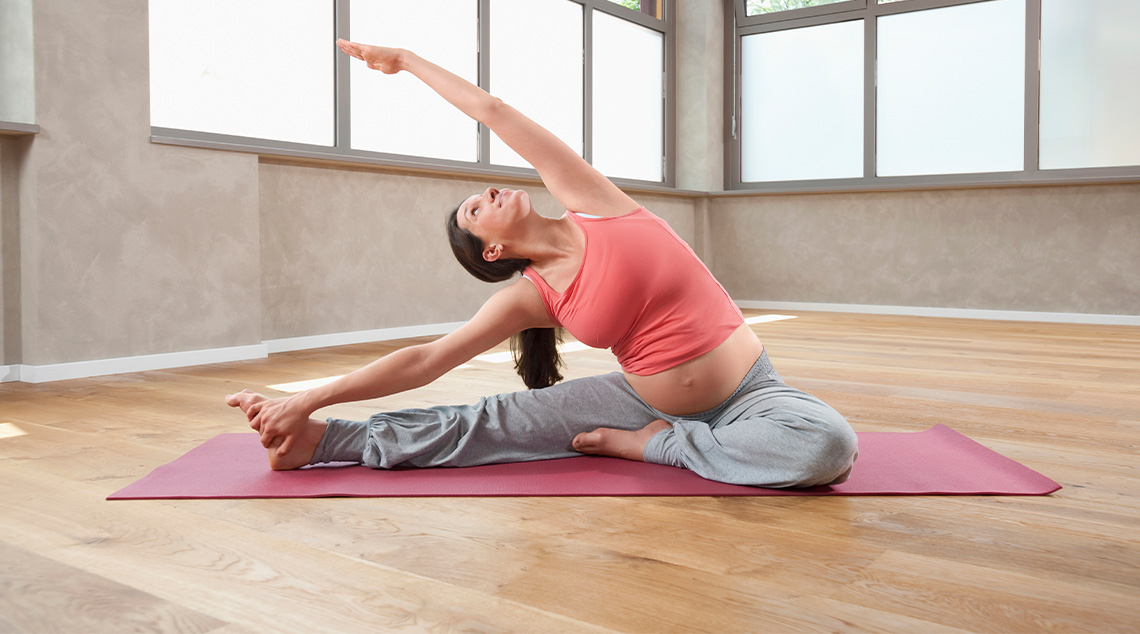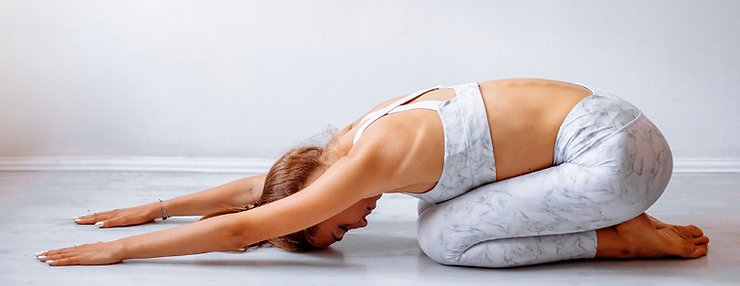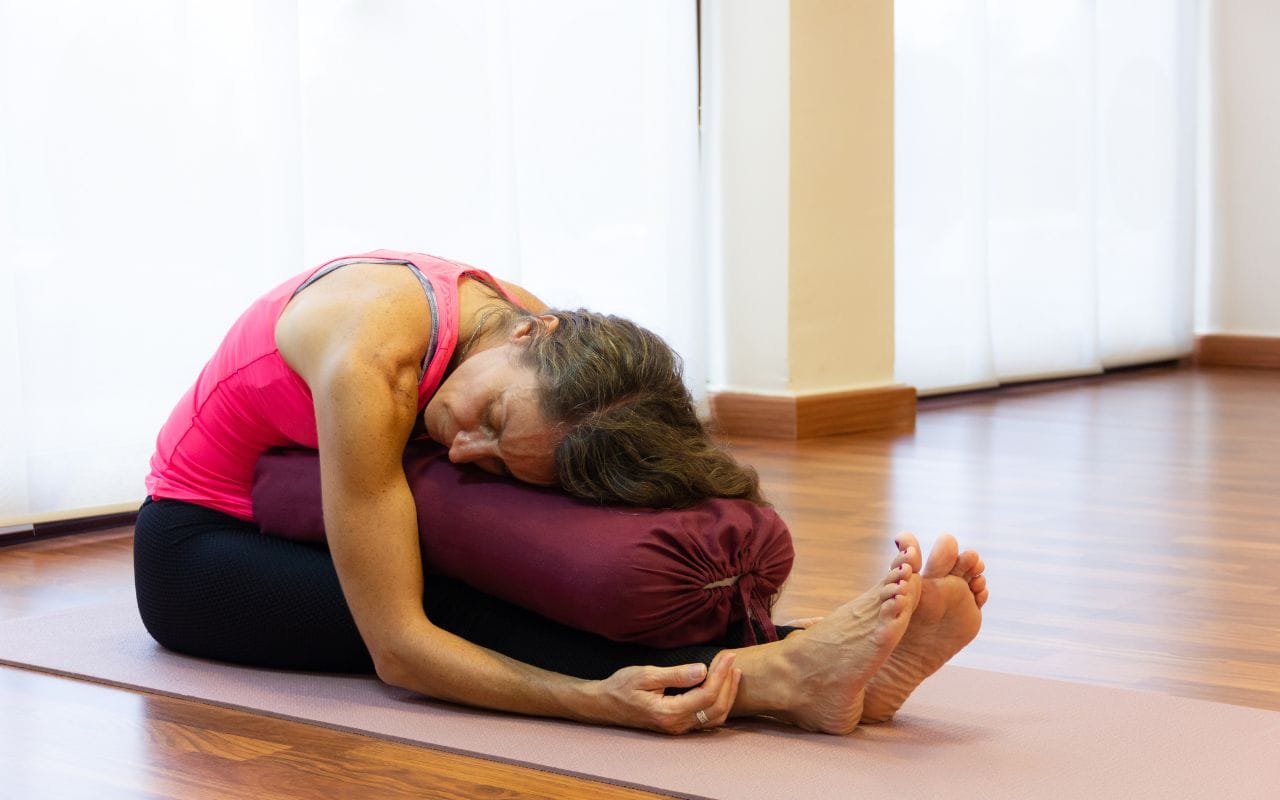VINIYOGA: A PHILOSOPHY OF YOGA
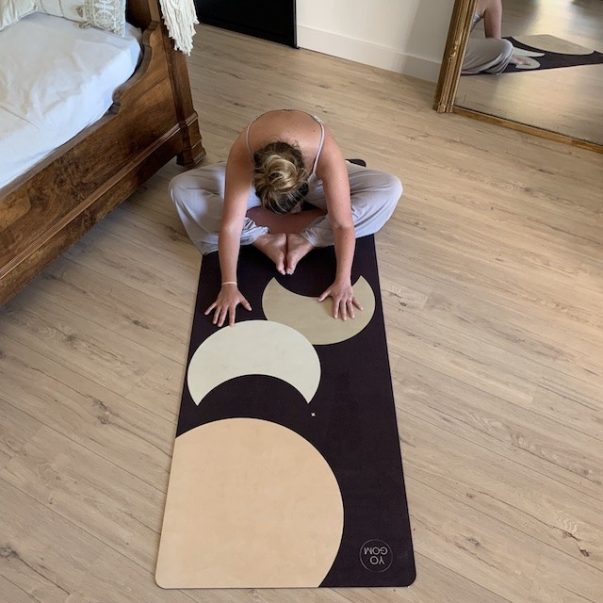
Discover the Viniyogaa pedagogy which proposes a personalized practiceadapted to the specificities of each person. Can’t find a yoga style that really suits you? The problem may not be the discipline you practice but your approach to it!Introduction
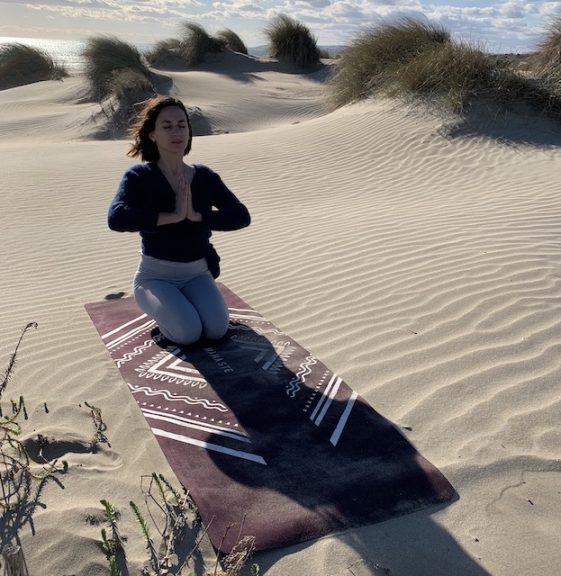
INTRODUCTION
Before we begin to trace the history of Viniyoga, here are some interesting facts to know if you have never heard of this “style” of Yoga:
The word Viniyoga belongs to the classical Yoga, it is found in chapter 3, sutra 6 of the book of Yoga-Sutra by Patanjali. It was traditionally associated with meditation, but nowadays it also concerns postures and breathing.
It is not really a style of yoga but more a lineage that has inspired many yoga masters over the years.
Viniyoga is also called “Madras Yoga” after the place where the method was developed or “Desikachar Yoga” after the master who created it.
It brings together all forms of practice but with a particular intention of transmission, as close as possible to the needs of each student.
The French Federation of Viniyoga defines its concept as “a specific pedagogy of Yoga“. So it is not the yoga that is different but the way the teacher transmits and teaches it.
HISTORY OF VINIYOGA
As you can see, Viniyoga is not a style of yoga in its own right, but rather an approach to yoga that can be adapted to each practitioner. But how and where was it created?
It is in India, at the beginning of the 20th century that the master T Krishnamacharya developed this current of th[……]

